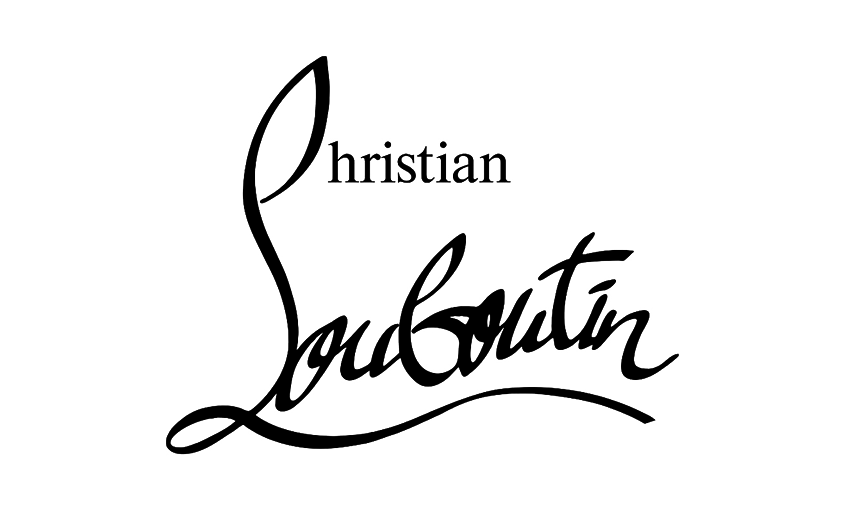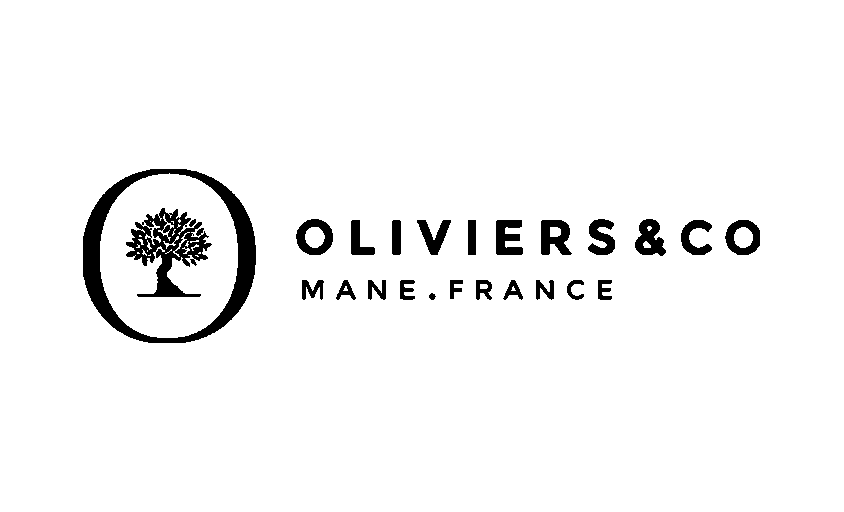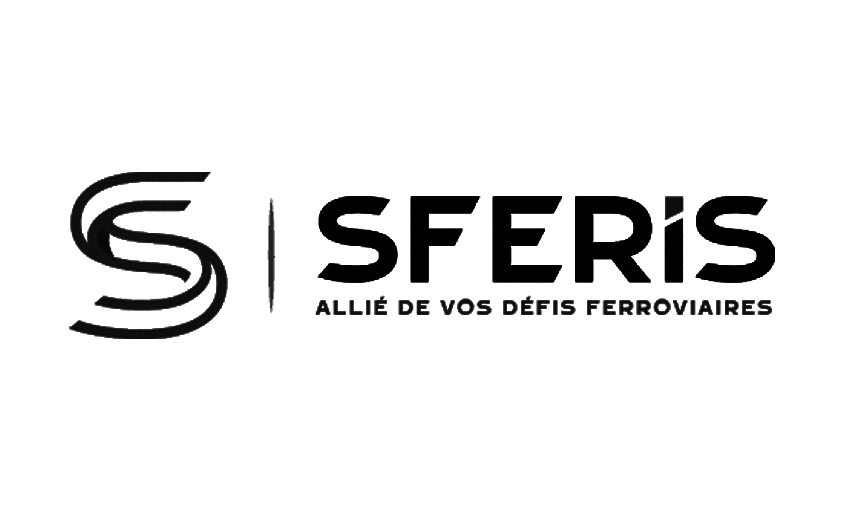Fine Art Paper
In this article :
In the world of photography, fine art paper plays a crucial role in ensuring the quality and longevity of prints. It’s not just a surface on which the image is printed; it’s a fundamental element that can transform an image by adding depth, texture, and a unique visual quality. Whether you are a professional photographer or an amateur, choosing the right fine art paper for your prints can make all the difference.
But what exactly is fine art paper? Why is it so important in photographic printing, and how do you choose the right one for your needs? This article explains everything.
What is fine art paper?
Fine art paper is specially designed paper for printing high-quality images, often used in fine art prints and premium photographic prints. This type of paper is generally made from natural fibers such as cotton or wood pulp, which gives it exceptional texture and durability.
Unlike standard papers used for everyday printing, fine art papers are specifically engineered to offer better color reproduction, greater long-term stability, and enhanced durability. They are also often acid-free and resistant to degradation, allowing prints to be preserved for decades or even centuries without any loss in image quality.
The characteristics of fine art paper in photographic printing
Fine art paper stands out due to several key features that make it the preferred medium for high-end photographic prints:
-
- Varied texture and finish
Fine art paper comes in a variety of textures and finishes, each influencing the final appearance of the image. The most common types are:
-
- Fine texture (or “textured”): Ideal for prints with a handcrafted or traditional feel. These papers create a texture that adds depth to the image.
- Matte: This paper has a soft, non-glossy finish. It is perfect for portrait prints or images where light reflections need to be minimized.
- Satin or pearl: A compromise between matte and glossy, offering a slight sheen while maintaining deep colors and rich blacks.
- Glossy: This type of paper provides vibrant colors and high contrast, making it ideal for dynamic and lively images.
- Print quality
Fine art papers have specific properties that allow for the reproduction of fine details, vibrant colors, and high contrast. Thanks to their special structure, they enable inks to adhere perfectly to the surface, ensuring a very precise and durable image.
-
- Durability and longevity
The resistance of fine art paper to the passage of time is another of its major strengths. Due to manufacturing technology and the absence of acid in its composition, this paper is designed to last. A print made on fine art paper can endure for decades, even centuries, without deterioration, provided it is properly stored. This makes it the perfect choice for art collections, museums, and galleries.
Types of fine art paper for photographic prints
Not all fine art papers are the same. Different types of fine art paper are used depending on the desired effects in photographic prints. Here are some of the most popular papers:
1. Cotton paper
Cotton paper is one of the most prized in the world of fine art photography. It is made from 100% cotton fibers, offering a soft and pleasant texture to the touch. This type of paper is particularly durable and provides excellent color stability. It is often chosen for high-end prints due to its texture and slightly matte appearance.
2. Baryta paper
Baryta paper is made from barium sulfate and has a glossy surface. Widely used in traditional silver gelatin prints, it is appreciated for its deep colors and high contrast. Today, it is also available in digital formats, offering exceptional image reproduction with a smooth finish.
3. Watercolor paper
Watercolor paper is designed to mimic papers used for painting, with a particularly rough texture and an artisanal look. It is often used for artistic prints or illustrations. Its textured appearance gives a unique effect to the photo while enhancing rich colors.
4. Satin paper
Satin papers offer a smooth but subtly glossy finish. Ideal for portraits and landscape photos, this paper allows for a beautiful reflection of light while providing sharp details and vivid colors.
Why choose fine art paper for your photographic prints?
The quality of the material on which you print your photos has a direct impact on the final appearance of your image. Here’s why fine art paper is often the best option:
1. Premium finish
Fine art paper guarantees a professional and elegant finish, ideal for those looking to present their prints in a high-quality context. Whether for an exhibition or for selling your works, printing on fine art paper highlights every detail.
2. Durability and preservation of works
Prints made on fine art paper are designed to last. Its resistance to UV light and humidity helps preserve your works for a long time without altering the colors or the texture of the image.
3. A unique and personalized look
By choosing the right paper, you can customize the appearance of your prints and create a unique finish. Whether you want a smooth paper for a sharp, precise look or a textured paper for a more artistic effect, the possibilities are endless to match your creative needs.
How to choose the right fine art paper for a photographic print?
The choice of fine art paper depends on the final result you want to achieve. It’s important to consider several criteria:
- Photography style: For landscape or portrait photos, opt for smooth or satin paper. For more artistic photos or fine reproductions, a textured paper like cotton or watercolor might be preferable.
- Desired longevity: If you want a print that will last over time, choose UV-resistant and acid-free papers, such as cotton or baryta.
- Budget: The price of fine art papers varies depending on quality and type. Cotton paper is generally more expensive than standard papers but offers superior quality.
Conclusion
Fine art paper is an essential element to give your photographic prints the quality and durability they deserve. Whether you are an amateur or professional photographer, investing in high-quality materials is crucial to ensure the longevity and visual impact of your work.
Jérémy Carlo is the editorial director at Rétines, where he ensures the consistency and clarity of all content produced by the studio.
Our Clients
Let’s discuss
What we do for you at Rétines
Meticulous work, an organised project and fast delivery. And to achieve this, we mobilise the right resources in our teams at the right time.
01
Pre-production
Artistic and technical direction tailored to the project.
Relevant recommendations on content, form and resources.
02
Photo Shooting
Photos taken by our experienced photographers.
Production that’s controlled, efficient and tailored to the needs of the project, with nothing superfluous.
03
Retouching
Technique
Photographs magnified by our retouching team.
Post-production to meet the commercial challenges of the brief.












